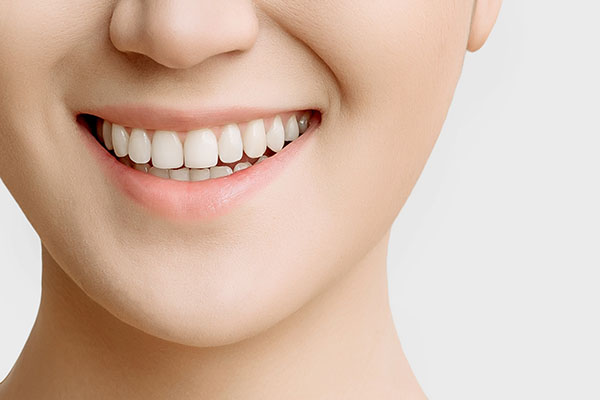In-office Teeth Whitening Treatment

In-office teeth whitening is also called chairside bleaching. This method is popular among people who are dissatisfied with over-the-counter products and those who do not want to use a professional at-home kit. It delivers the desired results in a short amount of time. If you are thinking about this option, learn about what it involves.
What to expect with in-office teeth whitening treatment
It is always advisable for a person to talk to a dentist before opting for this procedure. Professionals can help people choose methods that will meet their individual needs. A dentist will also monitor the treatment. A person may have to make many treatment appointments before getting the intended outcome.
How in-office bleaching works
During the initial evaluation, a dentist will decide the right teeth whitening method for the patient. The dentist may assist if a person needs tooth shaping or gum lifts. On its own, bleaching is a chemical change, and it does not make any structural changes to the teeth. During the one-hour treatment, the dentist will apply a bleaching agent to the teeth. A rubber shield or protective gel will be used to protect the gums from the chemicals.
The bleaching agent usually contains an active ingredient, most often some form of peroxide. This procedure usually requires just one office visit. Sometimes the professional will use a laser to enhance the bleaching effect. The ADA Seal of Acceptance covers these bleaching agents but not laser treatment. The seal is a mark of quality. A dentist may recommend whether a laser may be used.
How to maintain a bright smile
Upon completion, a person may be advised to avoid beverages or foods with a high pigment level for about 24 hours. These include tea, coffee, red wine, tomato juice, tomato sauce, beets, yellow mustard, candies and black grapes. People should avoid exposure to or the consumption of products that stain teeth. Tobacco or smoking of any sort is not advisable.
If a person decides to consume beverages that stain, the individual should use a straw. This will ensure the liquid bypasses the front teeth. It is good to brush or rinse after eating stain-causing foods or beverages. Following good oral hygiene practices is encouraged. Brushing teeth twice a day and flossing at least once every day is ideal.
Once the teeth have been whitened, they may become slightly discolored again and new stains may develop after a year or two of drinking and eating normally. Touch-up treatments may be necessary. A person may need a touch-up regularly depending on the whitening procedure used. People who drink a lot of stain-causing beverages or smoke may need touch-ups more regularly.
In-office teeth whitening treatment
The in-office teeth whitening procedure is effective. The treatment is simple and it can be finished in one visit. People should follow the instructions of dentists if they want to maintain their beautiful smiles. If you want to whiten your teeth, schedule an appointment with your dentist today.
Are you considering teeth whitening in the Delray Beach area? Get more information at https://www.palmbeachdentistry.com.
Check out what others are saying about our services on Yelp: Read our Yelp reviews.
Recent Posts
Receding gums occur as a result of periodontitis (gum disease). Early intervention for gum disease can minimize the invasiveness of treatment, and many patients are able to restore the health of their gums and teeth through improvements in their oral care routine, non-invasive dental treatments, and at-home remedies.At-home remedies do not reverse receding gums, but…
Concerned about receding gums? Read on to learn more about this condition and how it presents itself. You may be able to notice receding gums by simply examining the appearance of your gums at home. If you notice your gums are pulling away (receding) from gums, then you are most likely experiencing gum recession. However,…
Cosmetic dental treatments can bring you closer to the smile of your dreams. The main focus of these services is to enhance the appearance of the smile, which in turn boosts confidence. They can even make oral hygiene and care easier, although that is not the primary purpose. Knowing when it is time to consult…
Worried about receding gums? Read on to learn about how to prevent this condition. Receding gums can put the long-term health of teeth at risk. The good news is that mouthwash, along with other at-home oral care routines and regular cleaning and check-up visits with your dentist, can significantly reduce the risk of periodontal (gum)…


